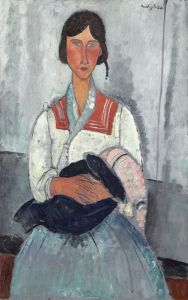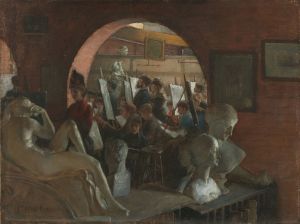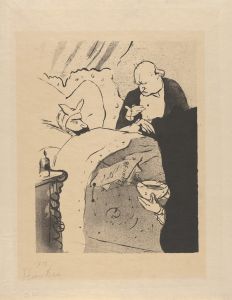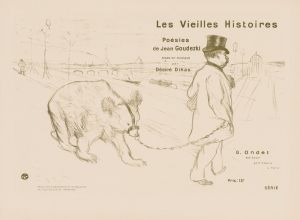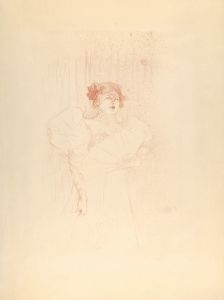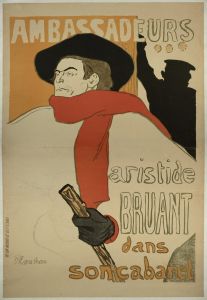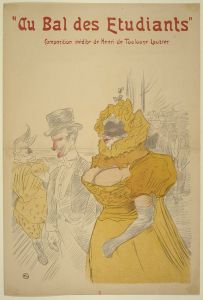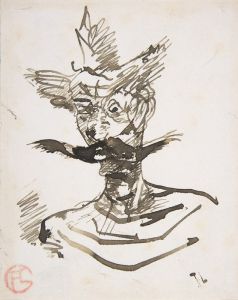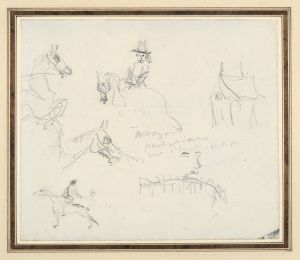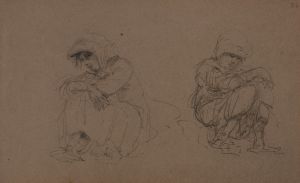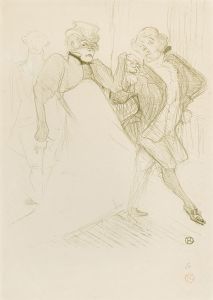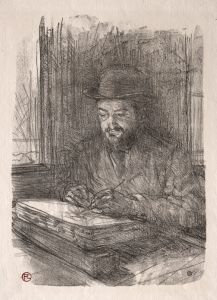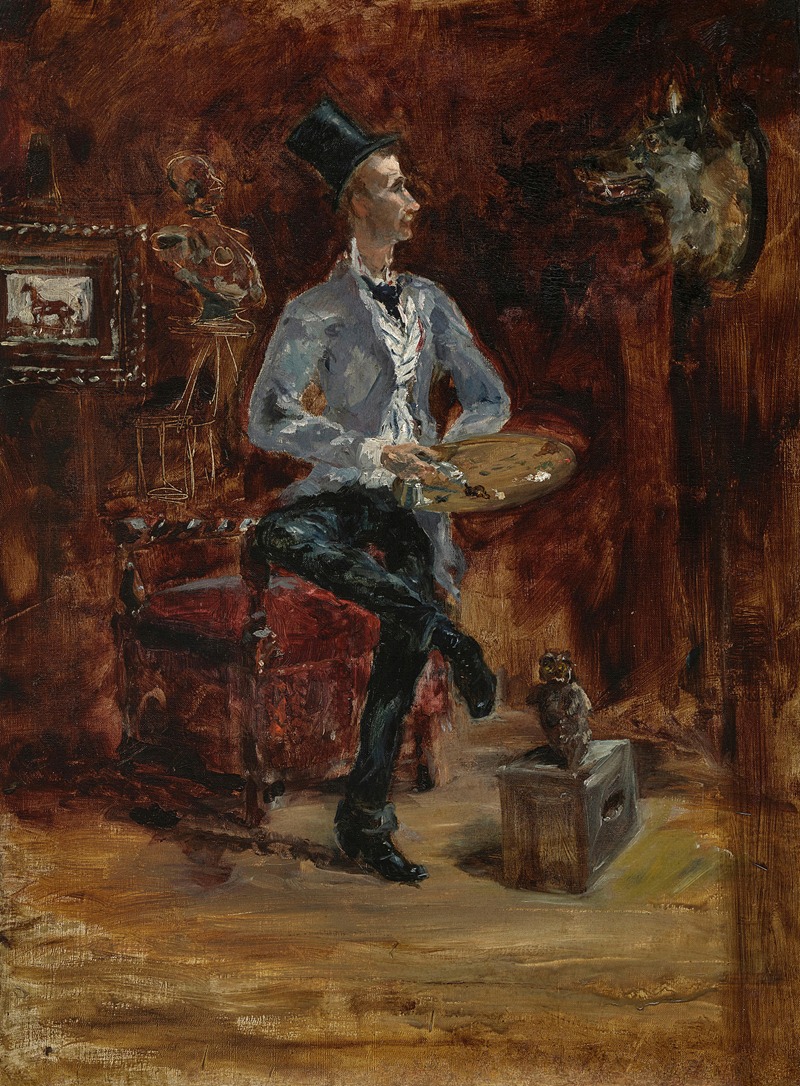
Princeteau dans son atelier
A hand-painted replica of Henri de Toulouse-Lautrec’s masterpiece Princeteau dans son atelier, meticulously crafted by professional artists to capture the true essence of the original. Each piece is created with museum-quality canvas and rare mineral pigments, carefully painted by experienced artists with delicate brushstrokes and rich, layered colors to perfectly recreate the texture of the original artwork. Unlike machine-printed reproductions, this hand-painted version brings the painting to life, infused with the artist’s emotions and skill in every stroke. Whether for personal collection or home decoration, it instantly elevates the artistic atmosphere of any space.
Henri de Toulouse-Lautrec, a prominent French painter, created the artwork "Princeteau dans son atelier" in 1881. This painting is a significant piece in Toulouse-Lautrec's oeuvre as it reflects his early artistic development and his connection to his mentor, René Princeteau. Princeteau was a well-known painter of equestrian subjects and played a crucial role in Toulouse-Lautrec's formative years as an artist.
The painting depicts René Princeteau in his studio, engaged in the act of painting. Toulouse-Lautrec's portrayal of Princeteau is both intimate and respectful, capturing the mentor in a moment of creative concentration. The setting of the studio is rendered with attention to detail, showcasing the tools and environment of an artist at work. This work is an example of Toulouse-Lautrec's early style, which was influenced by the academic training he received and the mentorship of Princeteau.
Toulouse-Lautrec's relationship with Princeteau began in his youth. Born into an aristocratic family, Toulouse-Lautrec was encouraged to pursue art after a series of health issues left him physically disabled. Princeteau, a family friend, recognized Toulouse-Lautrec's talent and provided him with guidance and support. Under Princeteau's tutelage, Toulouse-Lautrec honed his skills in drawing and painting, particularly in capturing movement and expression, which would later become hallmarks of his mature work.
"Princeteau dans son atelier" is significant not only for its depiction of Princeteau but also for what it reveals about Toulouse-Lautrec's early artistic influences. The painting demonstrates Toulouse-Lautrec's ability to convey character and atmosphere, skills that he would continue to develop throughout his career. The composition is carefully constructed, with a focus on the figure of Princeteau, who is positioned centrally, drawing the viewer's attention to his focused demeanor and the act of creation.
The artwork is also notable for its use of color and light, elements that Toulouse-Lautrec would later master in his famous posters and paintings of Parisian nightlife. In "Princeteau dans son atelier," the palette is subdued, with earthy tones that lend a sense of warmth and intimacy to the scene. The lighting is soft, highlighting the textures of the studio and the figure of Princeteau, creating a sense of depth and realism.
This painting is an important document of Toulouse-Lautrec's early career and his relationship with Princeteau. It provides insight into the formative experiences that shaped Toulouse-Lautrec as an artist and the foundational skills he developed under Princeteau's guidance. While Toulouse-Lautrec would go on to achieve fame for his depictions of the bohemian life in Montmartre, "Princeteau dans son atelier" remains a testament to his beginnings and the influence of his early mentor.
Today, "Princeteau dans son atelier" is appreciated not only for its artistic qualities but also for its historical significance in understanding the development of one of France's most celebrated artists. It serves as a reminder of the importance of mentorship and the impact that early influences can have on an artist's career.





